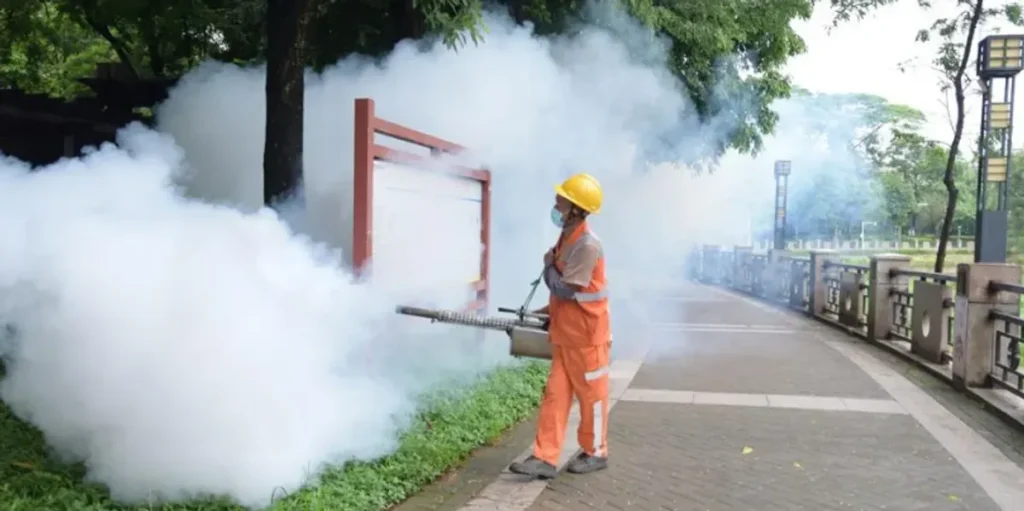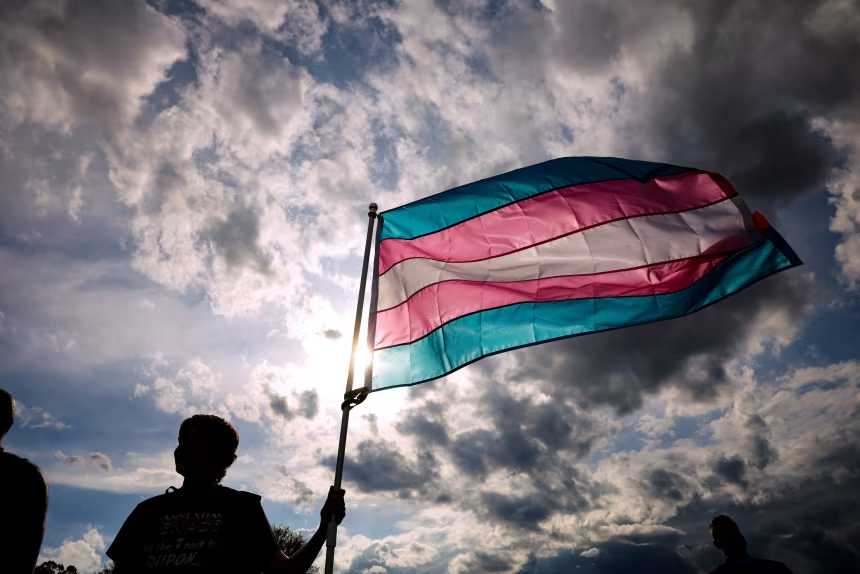China Chikungunya Virus Outbreak Sparks Strict Mosquito Crackdown

China Chikungunya Virus Outbreak Triggers Strict Control Measures
TAIPEI, Taiwan — China is battling a widespread chikungunya virus outbreak, with over 7,000 cases reported as of Wednesday. The outbreak has hit Guangdong Province, especially Foshan, a major manufacturing hub near Hong Kong. While new infections are slowing, the government has launched aggressive containment efforts.
Chikungunya is a mosquito-borne illness that causes high fever and joint pain, similar to dengue. It poses the highest risk to older adults, children, and people with chronic health conditions.
Mosquito Control and Penalties
To contain the spread, authorities are deploying drones, issuing fines, and forcing residents to eliminate standing water. In Guangzhou, banners urge locals to help “clear stagnant water and eliminate mosquito breeding.” Violators face fines up to 10,000 yuan ($1,400) and potential power shut-offs.
Workers have been spraying disinfectant in public areas, construction zones, and residential complexes. Some buildings require disinfection before entry — a tactic reminiscent of China’s COVID-19 lockdown strategies.
Quarantines, Hospitalization, and Unconventional Tactics
In Foshan, infected individuals must remain in the hospital for at least a week. Although health officials dropped a short-lived home quarantine policy (since the virus does not spread human-to-human), they continue to enforce strict hospitalization.
Authorities have gone further by introducing fish that consume mosquito larvae and even deploying larger mosquitos to prey on virus-carrying insects.
Heavy rains and hot weather have worsened conditions in the region, accelerating the outbreak. Although chikungunya is more common in tropical areas, this year’s surge has caught China off guard.
Travel Warnings and International Concern
The U.S. has issued a travel advisory, urging citizens to avoid Guangdong province. The advisory includes other impacted regions such as Bolivia, Brazil, and several Indian Ocean islands.
Related outbreaks across Asia and Latin America have raised global health concerns. China’s centralized response aims to prevent public backlash and international scrutiny, especially after years of criticism over its pandemic tactics.
Meetings have been held at the national level to implement new protocols and coordinate a unified response. So far, the approach includes intense monitoring, localized enforcement, and widespread community engagement.
: 147







